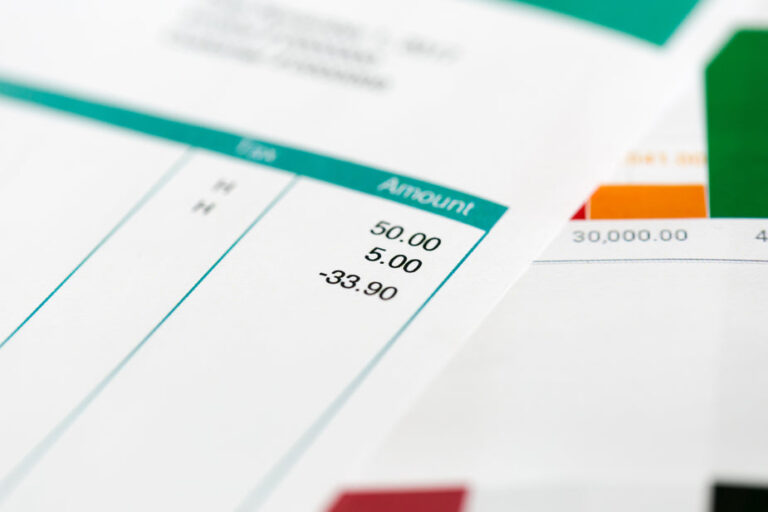Unpredictable markets can rattle even seasoned investors. In 2025, with the ASX swinging and global uncertainty never far from the headlines, more Australians are turning to dollar-cost averaging (DCA) as a way to invest with confidence and consistency. But what exactly is DCA, and how does it fit into the modern investing landscape?
What is Dollar-Cost Averaging and Why Are Investors Embracing It?
Dollar-cost averaging is a strategy where you invest a fixed amount of money at regular intervals—say, every month—regardless of what the market is doing. Instead of trying to time your entry perfectly (which even the pros rarely get right), you buy more shares when prices are low and fewer when prices are high. Over time, this can help smooth out the bumps and reduce the impact of volatility on your portfolio.
In 2025, with inflationary pressures still lingering and interest rates slowly normalising after a wild few years, DCA is resonating with Australians who want to build wealth without the stress of market timing. According to recent ASX investor surveys, nearly 40% of new investors aged 18–35 are now using DCA as their primary approach to building portfolios of ETFs, shares, and even cryptocurrency.
How DCA Works: A Real-World Example
Let’s say you invest $500 into an ASX 200 ETF on the first of every month. In January, the unit price is $25, so you buy 20 units. In February, the price drops to $20, so your $500 nets you 25 units. In March, the price rises to $28, and you pick up about 17.8 units. After three months, you’ve invested $1,500 and own 62.8 units at an average cost of roughly $23.89 per unit—less than the highest price you paid.
- Smooths out market swings: You don’t have to agonise over whether today is a “good” day to invest.
- Builds discipline: DCA turns investing into a habit, not a hunch.
- Works with most investment types: Shares, ETFs, managed funds, even some superannuation plans support DCA.
This approach has proven especially popular during the 2024–2025 period, when the ASX experienced multiple 5%+ swings within a single quarter, driven by global tech sector volatility and ongoing uncertainty around China’s economic recovery.
DCA in 2025: Policy Updates and New Tools
Several 2025 policy and industry updates have made DCA even more accessible for Australians:
- Micro-investing platforms like Raiz and Spaceship have expanded their DCA features, allowing automated investments from as little as $5 per week.
- Superannuation funds are increasingly offering “member direct” investment options, letting Aussies automate regular investments into shares and ETFs inside their super.
- Tax file number matching rules, updated in late 2024, have streamlined the onboarding process for brokerage accounts, reducing paperwork and enabling faster DCA setup.
- The ATO’s 2025 guidance on capital gains reporting has clarified that each DCA purchase is treated as a separate parcel for CGT calculations—important for investors to track average purchase costs accurately.
These changes have lowered the barriers to entry, making it easier for Australians of all income levels to put their investing on autopilot.
Is DCA Right for You? Pros, Cons, and Pitfalls
While DCA is simple and effective for many, it’s not a universal fit. Here’s what to weigh up:
- Pros:
- Reduces the temptation to time the market
- Builds long-term habits and discipline
- Can lower average purchase price over time
- Cons:
- If markets trend up consistently, lump-sum investing may outperform DCA
- Small, frequent purchases can lead to higher brokerage costs (watch for platforms offering free or low-cost trades)
- Requires consistent cash flow and discipline
For example, someone who invested a lump sum in the ASX 200 at the market’s low in late 2022 would have seen higher gains by 2025 than someone who spread the same amount across two years. But with markets as unpredictable as they’ve been lately, most Aussies value the peace of mind DCA brings.
Final Thoughts: Building Wealth, One Step at a Time
Dollar-cost averaging isn’t about chasing quick wins. It’s about consistency, discipline, and building wealth steadily—no matter which way the market winds blow. In 2025, as technology and policy updates make it easier to automate investments, DCA’s popularity is only set to grow.


